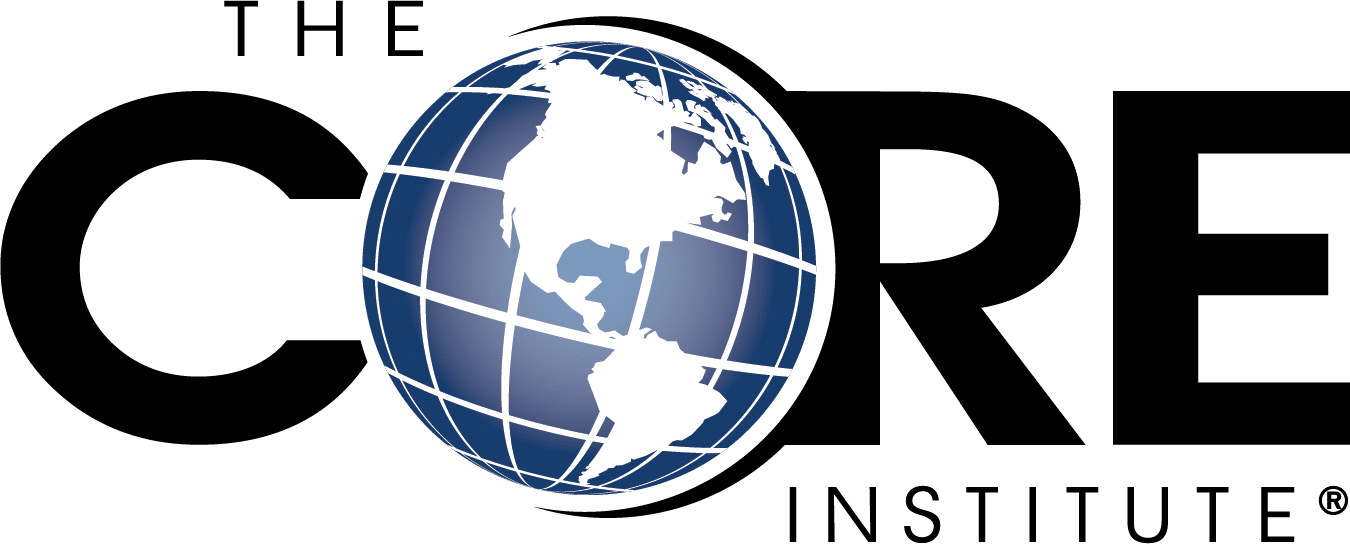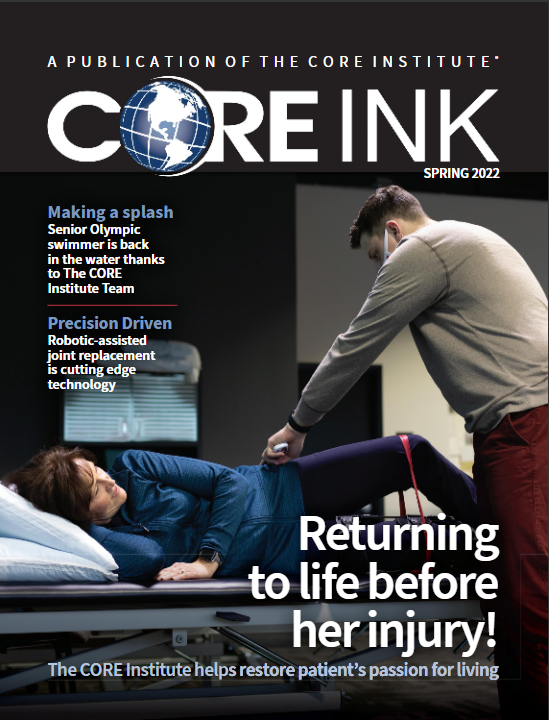While many Eastern medical techniques or philosophies have mainstream appeal, there are some seemingly related techniques available for patients who prefer a more Western approach. Dryneedling is one such procedure. Part of a spectrum of therapies offered by The CORE Institute, some patients have found relief from pain and mobility issues.
Immune response
It might sound like acupuncture — and even uses the same needles as acupuncture — but dryneedling is less about energy and more about anatomy, physiology and the body’s immune response.
“We use the same equipment that acupuncturists use, but the philosophy of treatment is different,” said Elise Harris, DPT, a physical therapist with The CORE Institute. “Acupuncture includes more of an eastern medicine philosophy — energy lines, meridians — it’s a more global approach. We use our knowledge of anatomy and the body to target anatomic structures, where it’s a tight area in the muscle or an area where a tendon attaches to a bone.”
Variety of therapies
While the number of sessions necessary varies by the patient and the injury, dryneedling appointments generally last an hour or less and the needles remain applied for only 20 to 30 minutes. The procedure is one of several therapies that includes myofascial cupping, taping, joint manipulation and joint mobilization.
“There are several different thought processes with dryneedling,” Harris said. “There’s a school of thought, trigger point therapy, where if you penetrate an area it allows an area to, more or less, relax. By that stimulation, almost like an injury, we’re increasing blood flow and restarting the healing process. There’s a physiological change that happens to help improve blood flow.”
Positive results
Harris said that she’s had success performing dryneedling on patients who have osteoarthritis, back pain, neck pain, headaches and tendonitis. Combined with their physical therapy and monitored exercise, those patients saw positive results within four to six weeks.
“While we would avoid using dryneedling in an area where you’ve recently had surgery, you can generally needle any part of the body, head to toe, at any age,” she said.
SUBSCRIBE TO CORE INK NEWSLETTER
Sign up to receive stories and information from The CORE Institute, including expertise from our providers and news about the latest technology advancements helping our communities.

